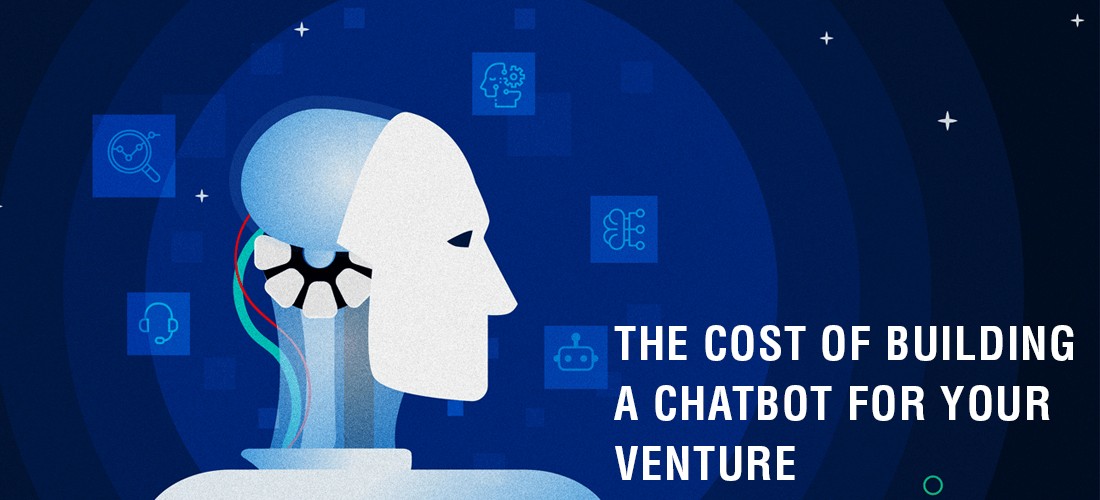
Like a digital assistant, rules-based chatbot technology can behave in a certain way based on click activities and simple event triggers like a “yes” or a “no” input.
#Chatbot app for financial services organizations software
Rules-based chatbot software performs pre-programmed behaviors based on “playbooks” you create on the user interface’s backend module. How do chatbots using rules-based processes work? Depending on a chatbot’s mechanism, its functionality will be slightly different. The three mechanisms that require your attention are rules-based processes, AI-driven decision-making, and live agent intervention. To understand how a chatbot works, we must first consider the three core mechanisms driving the technology. See More: What Is Artificial Intelligence: History, Types, Applications, Benefits, Challenges, and Future of AI How Does a Chatbot Work? One can provide an almost “humanlike” service tailored to each individual, even as the chatbot is deployed to millions of customers at the same time. On the other hand, chatbots enable companies to interact with a virtually endless number of clients in a personalized way, to be scaled up or down based on current requirements. Companies with manual-effort-intensive processes are compelled to rely on highly rigid models to be cost-effective, which means that their proactive and customized outreach possibilities are limited. When a business relies exclusively on human effort, for instance, it can only service a certain number of people at a time – which limits capacity and puts a ceiling on growth.

They allow businesses to quickly answer various issues across stakeholders while decreasing the need for human involvement.Ĭompanies can scale, personalize experiences, and be proactively available using a chatbot, a key differentiator in the digital era.

This ranges from robotic advisors for personal use (like Google Assistant and Alexa from Amazon) and chatbots integrated into messaging applications like Facebook Messenger and WeChat.īusinesses can benefit from chatbots because they increase performance and save costs while enabling customer convenience and offering additional services to internal staff, clients, and partners. Businesses use artificial intelligence (AI) to unlock new efficiencies in various customer-facing functions, and chatbots are among the top applications of AI in an enterprise.Īs per Gartner’s 2022 predictions, 70% of white-collar employees will interact with chatbots and conversational platforms daily by the end of this year. Businesses are increasingly migrating from traditional modes of communication to digital channels to interact and transact with their customers. The rise of chatbots in recent years is rooted in the accelerating pace of digital transformation. These are some of the customer experience scenarios where one may encounter a chatbot. Alternatively, a person may use voice input to order a beverage from a nearby retail outlet and receive an alert indicating when the order would be ready and how much it would cost. For instance, you could be browsing an e-commerce platform to purchase an item on your computer when a window appears on your monitor asking whether you require assistance.

Chatbots can range from simple programs that respond to a single instance to advanced virtual assistants that can learn and improve as they collect and process data to provide superior levels of personalization.Ĭhatbots are seamlessly integrated into several of our daily workflows. Organizations are experiencing considerable cost savings and have become more efficient as they reduce their reliance on support personnel and live operators.Ĭhatbots are computer programs that replicate and analyze human dialogue (spoken or written), enabling humans to communicate with electronic devices as if they were conversing with a live agent. Many businesses now use chatbots to automate user experience and transactional features.

A chatbot is defined as a conversational application that aids in customer service, engagement, and support by replacing or augmenting human support agents with artificial intelligence (AI) and other automation technologies that can communicate with end-users via chat.


 0 kommentar(er)
0 kommentar(er)
